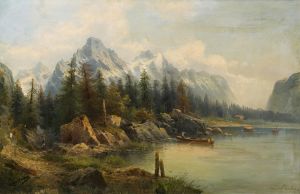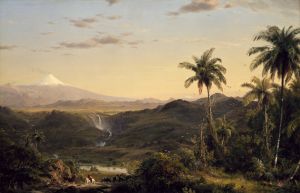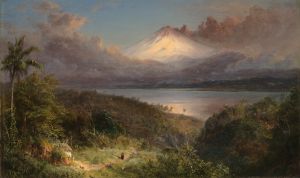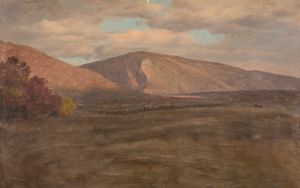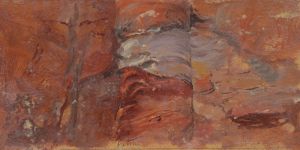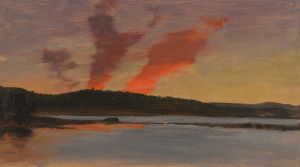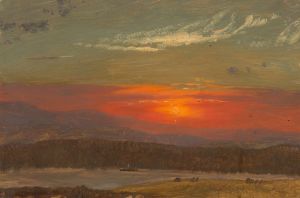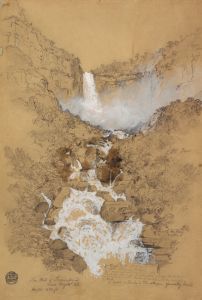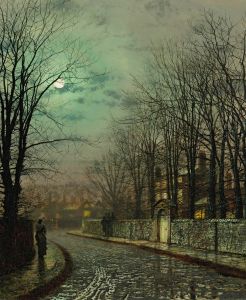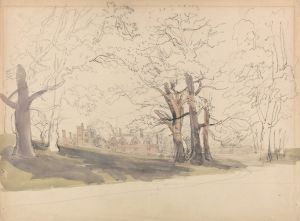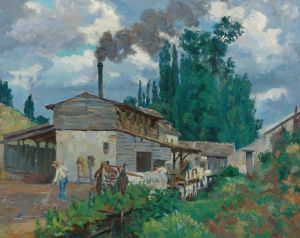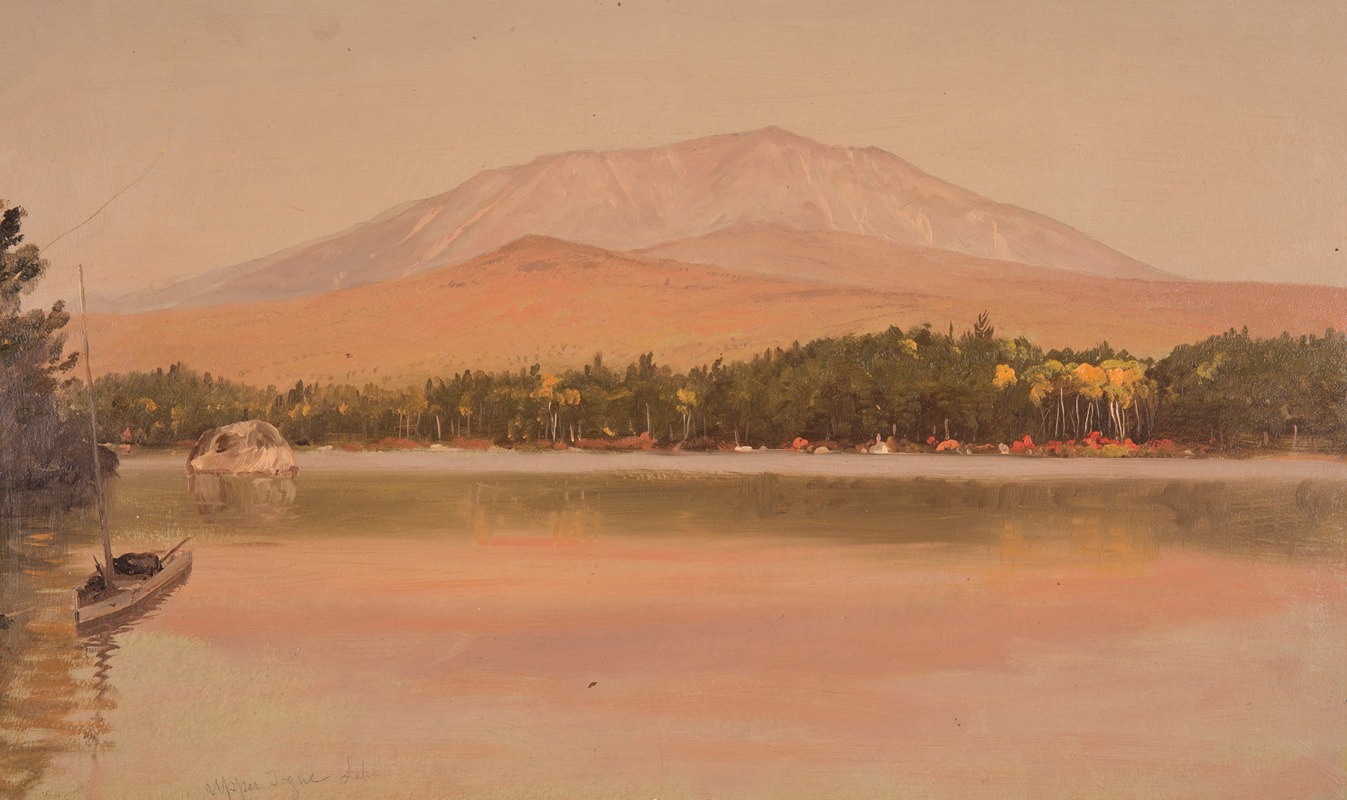
Mt. Katahdin from Togue Pond
A hand-painted replica of Frederic Edwin Church’s masterpiece Mt. Katahdin from Togue Pond, meticulously crafted by professional artists to capture the true essence of the original. Each piece is created with museum-quality canvas and rare mineral pigments, carefully painted by experienced artists with delicate brushstrokes and rich, layered colors to perfectly recreate the texture of the original artwork. Unlike machine-printed reproductions, this hand-painted version brings the painting to life, infused with the artist’s emotions and skill in every stroke. Whether for personal collection or home decoration, it instantly elevates the artistic atmosphere of any space.
"Mt. Katahdin from Togue Pond" is a painting by the American landscape artist Frederic Edwin Church, a central figure in the Hudson River School of American landscape painting. Church is renowned for his detailed and dramatic landscapes that often depict the grandeur of the American wilderness. This particular painting showcases Mount Katahdin, the highest mountain in the state of Maine, as seen from Togue Pond.
Frederic Edwin Church was born in 1826 in Hartford, Connecticut, and became one of the most prominent landscape painters of the 19th century. He studied under Thomas Cole, the founder of the Hudson River School, and quickly developed his own style characterized by meticulous attention to detail and a profound appreciation for the natural world. Church's works often reflect the themes of exploration and the sublime, capturing the vastness and beauty of the American landscape.
"Mt. Katahdin from Togue Pond" exemplifies Church's skill in rendering natural scenes with both accuracy and artistic flair. The painting captures the serene and majestic view of Mount Katahdin, which is a significant landmark in Maine and holds cultural and spiritual importance for the Penobscot Native American tribe. The mountain is part of Baxter State Park and is known for its rugged terrain and diverse ecosystems.
In this painting, Church employs his characteristic use of light and color to convey the atmosphere and mood of the scene. The reflection of the mountain in the still waters of Togue Pond adds a sense of symmetry and tranquility to the composition. Church's attention to detail is evident in the way he depicts the textures of the trees, rocks, and water, creating a lifelike representation that invites viewers to appreciate the natural beauty of the region.
Church's work often involved extensive travel and study of his subjects, and he was known for his ability to capture the essence of a place. While specific details about the creation of "Mt. Katahdin from Togue Pond" are limited, it is consistent with Church's practice of exploring and painting significant natural landmarks. His paintings were not only artistic achievements but also served to inspire a sense of wonder and appreciation for the American landscape during a time of rapid industrialization and expansion.
The painting is part of Church's broader body of work that includes other iconic landscapes such as "The Heart of the Andes" and "Niagara." These works contributed to his reputation as one of the leading landscape painters of his time, and they continue to be celebrated for their artistic and historical significance.
"Mt. Katahdin from Togue Pond" remains a testament to Church's ability to capture the majesty of nature and his dedication to portraying the American wilderness with both accuracy and artistic vision. Through his work, Church has left a lasting legacy that continues to influence landscape artists and captivate audiences with the beauty of the natural world.





